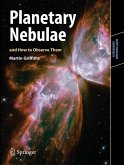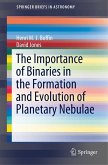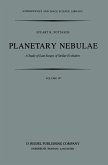A planetary nebula is an expanding shell of ionized material ejected by the low- to intermediate-mass star in the final stage of its stellar evolution after the asymptotic giant branch phase. In this book, I studied the evolution of planetary nebulae around a sample of Wolf-Rayet stars using spatially-resolved observations made with integral field spectroscopy. Wolf-Rayet stars are a considerable fraction of well-identified central stars of planetary nebulae with hydrogen-deficient fast expanding atmospheres. This study aims to provide clues to the formation of their Wolf-Rayet stars. First, spatially-resolved kinematic observations of planetary nebulae, together with Hubble Space Telescope imaging, are employed to construct their three-dimensional structures using a morpho-kinematic modeling program. Then, the specially-resolved observations are utilized to carry out plasma diagnostics and chemical abundance analysis using both collisionally excited lines and optical recombination lines. Finally, the observations are used to determine ionization structures of some planetary nebulae using a three-dimensional Monte Carlo photo-ionization and radiative transfer program.








